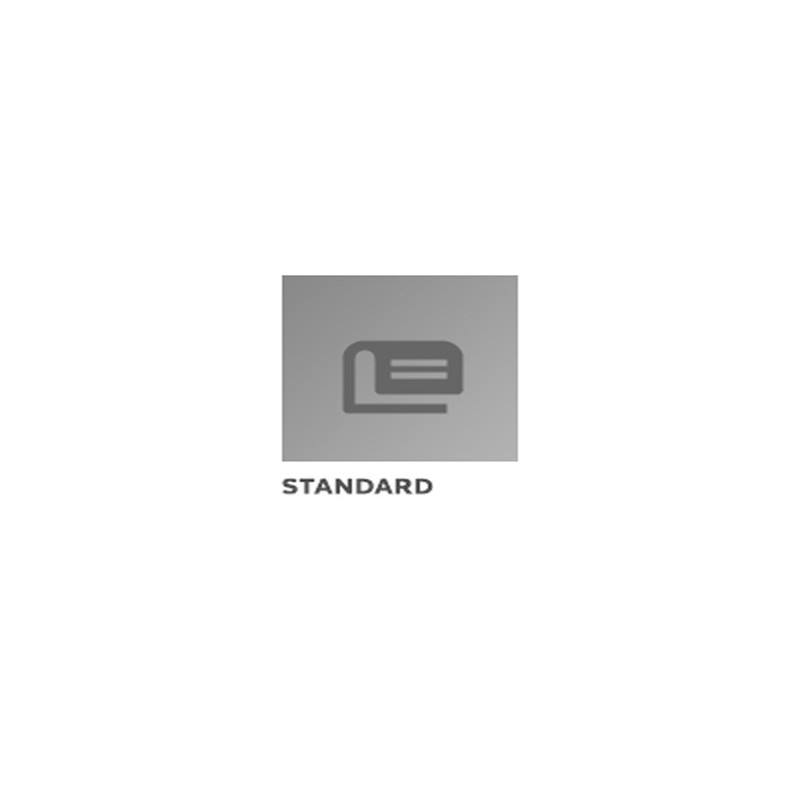Description / Abstract:
This SAE Aerospace Information Report (AIR) describes two
classes of lubricants which, when properly applied, can be used in
oxygen systems and components.
Product Classification
Lubricants covered by this document are classified as
follows:
Class I Fluids and greases
Class II Solids and dry films
Field of Application
Molecular oxygen is an aggressive oxidizer, which will support
and highly intensify combustion, which is why contact with
conventional lubricants must be avoided. Only special sliding
agents, tested under standardized conditions / materials and
approved by certified Agencies, can safely handle their jobs in
valves, fittings or systems that carry oxygen.
The major requirement established is that lubricants must be
primarily non-reactive, in all expected use conditions, to gaseous
oxygen (GOX) and – if applied – to liquid oxygen (LOX). The
emphasis on oxygen compatibility confines the choice of the
components making up the formulation to non-reactive fluids,
thickeners, powders and binders. These are typified by the fully
fluorinated fluids - polyperfluoroalkylethers and
polytetrafluoroethylene (PTFE), fluorinated ethylenepropylene (FEP)
and by saturated hydrogen-free chlorofluorocarbons.
In selecting lubricants for oxygen systems, not only oxygen
compatibility has to be considered but also their toxicity
property. A toxic or just skin irritating chemical, even if it is
oxygen compatible, should not be used in oxygen systems.
Oxygen compatible lubricants are safer in oxygen systems only in
the sense that the energy required to initiate a reaction is higher
than that of conventional materials. Under appropriate conditions,
all such materials are combustible in oxygen.
Prior to application of any lubricant, all components which come
in contact with oxygen must be cleaned for oxygen service and
thoroughly dried.
Fluids and greases will not function as lubricants at LOX
temperatures -183 °C (-297 °F). Only solid or dry film lubricants
can be used at these temperatures. To ensure maximum safety,
contact the application engineers of the manufacturer.
Fluoro and chloro-organic compounds are capable of reacting with
aluminum and magnesium, even in the absence of oxygen, when the
metals are subjected to conditions of high shear or galling, as is
the case with pipe threads.
Bonded solid lubricants do not provide corrosion resistance. The
metal substrate must be protected or be a corrosion-resistant
material prior to the application of the solid film.
Before use, check the product information leaflet, the data
sheet and the materials safety data sheet to check the
compatibility between the lubricant and the metal piping and any
possible surrounding fluids.
If the lubricant should be used in connecting fittings/hose
couplings (pipes, valves etc.), inform about the sealing effects.
Read the data sheet and decide whether the lubricant meets your
requirements. 1.3.9 If the lubricant should be used in connecting
fittings in contact with other sealing materials (NBR, EPDM,FPM or
PTFE), inform about the compatibility with those materials.


